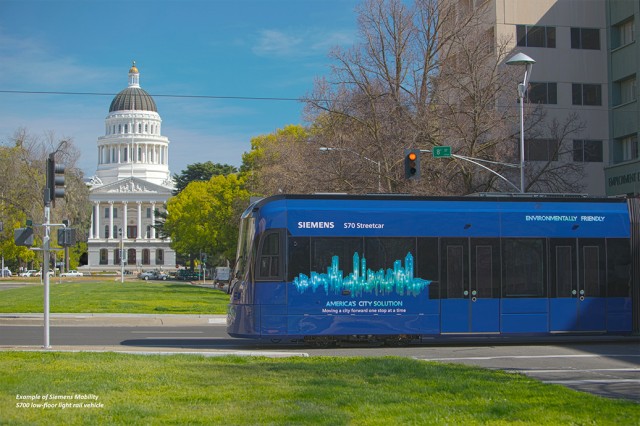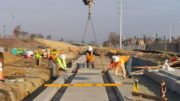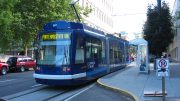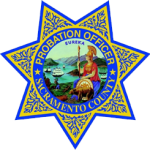The future of public transportation in the Sacramento region just got a whole lot more interesting, not in small part because of $27 million coming its way.
The Sacramento Regional Transit District was awarded two grants this past April to help fund two major projects. Both grants come from the California State Transportation Agency and are designed to support the region’s light rail system, provide local jobs and reduce greenhouse gas emissions.
Here’s how the grants break down and what they pay for:
$23.6 million to acquire eight new low-floor light rail trains
These new cars will be in addition to the planned purchase of 20 low-floor vehicles from the locally based Siemens Mobility plant, the first of which are expected in 2022. Low-floor light rail trains are level with the station platforms—as opposed to stepping up stairs to enter a train car—and improve accessibility for aging adults and people with disabilities, as well as passengers with luggage, strollers or bicycles.
Together, the 28 cars will create a large fleet of low-floor vehicles that—along with the upcoming construction of a “passing track”—will drastically reduce the time between stations at the end of the Gold Line, which operates from Sacramento to the City of Folsom.
“Folsom residents have waited a long time to see 15-minute service between Sunrise and the Historic Folsom light rail stations, and (this is) tremendous news,” says former SacRT board director and City of Folsom councilmember Andy Morin.
$3.9 million for improving connections in the downtown core
This grant will help construct a new north-side access route to connect the Sacramento Valley Station Transit Center to the future Railyards Plaza. The goal is to ease transportation between the Railyards and River District developments and encourage people to use public transportation rather than drive.
“These projects would help lower greenhouse gases and vehicle miles traveled by our communities,” says Dr. Richard Pan, state senator for District 6, which includes the cities of Sacramento and West Sacramento. “(They will) also provide reliable public transportation for our daily commuters and ensure that we are lowering our carbon footprint as a region.”





























